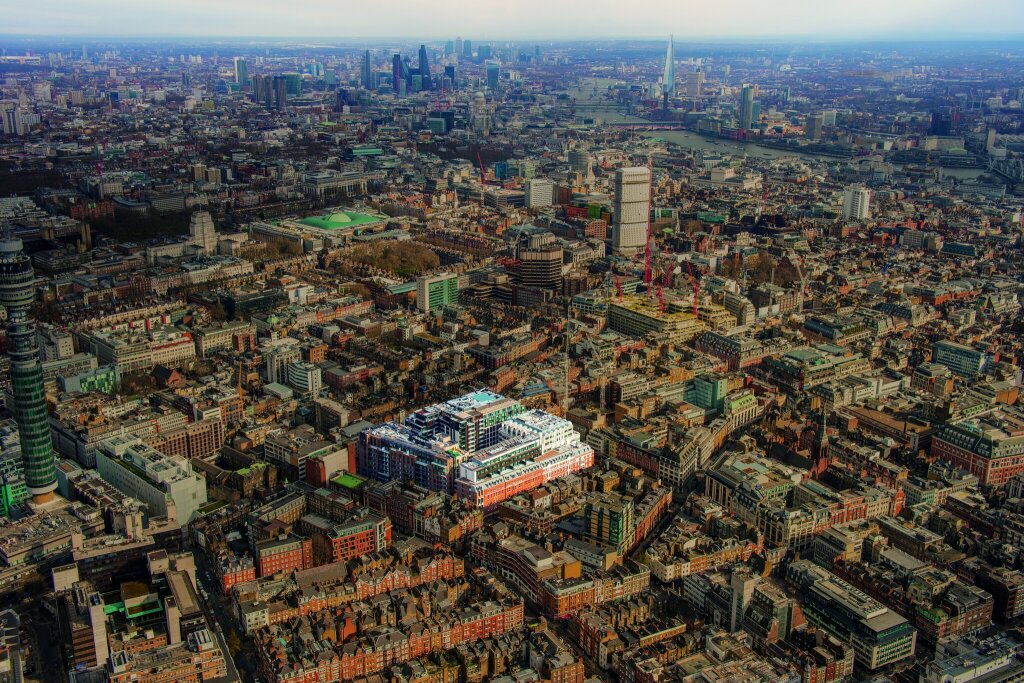London has always been a city of villages. It has many pockets, from Marylebone and Shoreditch to Wimbledon and Hampstead, each have their own architectural fabric, infrastructure and identity.
There has been much talk about how the pandemic has changed the way we live and work. But while much has been said about the future of the office - with more collaborative spaces, a greater focus on quality and experience and more flexibility - one effect that has been less well reported is the erosion of traditional location cliques. Where once Mayfair was the home of the hedge fund, insurance firms clustered to the east of the city and TMT firms claimed the area around Old Street roundabout, companies have emerged from the pandemic more footloose and keener to break the mould.
Predictions of a London exodus, with companies shifting to the suburbs or regional locations, have mostly not materialised. Gerald Eve research found that Q4 2021 London occupier activity was on a par with the pre-Covid five year average. Of course, transport projects such as Crossrail are opening up more location possibilities, but the reality is that city centres - and particularly London - tend to be the best-connected places to locate a business, offering access to the broadest talent pool. Companies that want their staff to come into the office and collaborate - even if only for a few days each week - need to make it easy for them to get there.
During successive lockdowns, people got on with their work regardless of their location and embraced and supported the amenities around their homes; nearly 40% of those polled by YouGov for The Times said Covid had enhanced the sense of community in the UK. As companies look to attract and retain the best talent, and encourage staff back to the office, many have recognised that employee experience is far more important than being in a sector ghetto. Breaking away from the competition projects an image of an exciting, dynamic business that sets new trends, rather than following the pack. And an office in a location with a broad range of amenities - from shops and health clubs to cafes, bars and restaurants, to green spaces and cultural facilities - gives employees a whole entertainment package and constantly changing experiences.
“With The Kensington Building, our new grade-A office scheme next to High Street Kensington tube station, reaching completion this month, it is exactly this rich cultural offering and balanced community that occupiers will be able to access.
”
It is the first new headquarters office building in Kensington for more than 35 years and offers Hyde Park and Holland Park, The Design Museum, The Royal Albert Hall and an abundance of shops, restaurants, bars and cafes on the doorstep.
Similar to Bermondsey, Shoreditch and Farringdon, where new high-quality office buildings and a richh and diverse culture attracted businesses, Kensington is a highly appealing location, but with a real shortage of grade-A stock. Mixed-use development has for some time been favoured by planners, developers and occupiers alike, avoiding swathes of residential areas that sit empty all day, and office zones that become ghost towns at weekends. But while micro-scale, mixed-use development is a step in the right direction, it is a poor comparison to truly balanced, organic communities.
As companies compete to give employees the best possible experience, identikit offices in sector ghettos will no longer cut the mustard; well-connected, collaborative workspaces within interesting and vibrant communities will win out.
